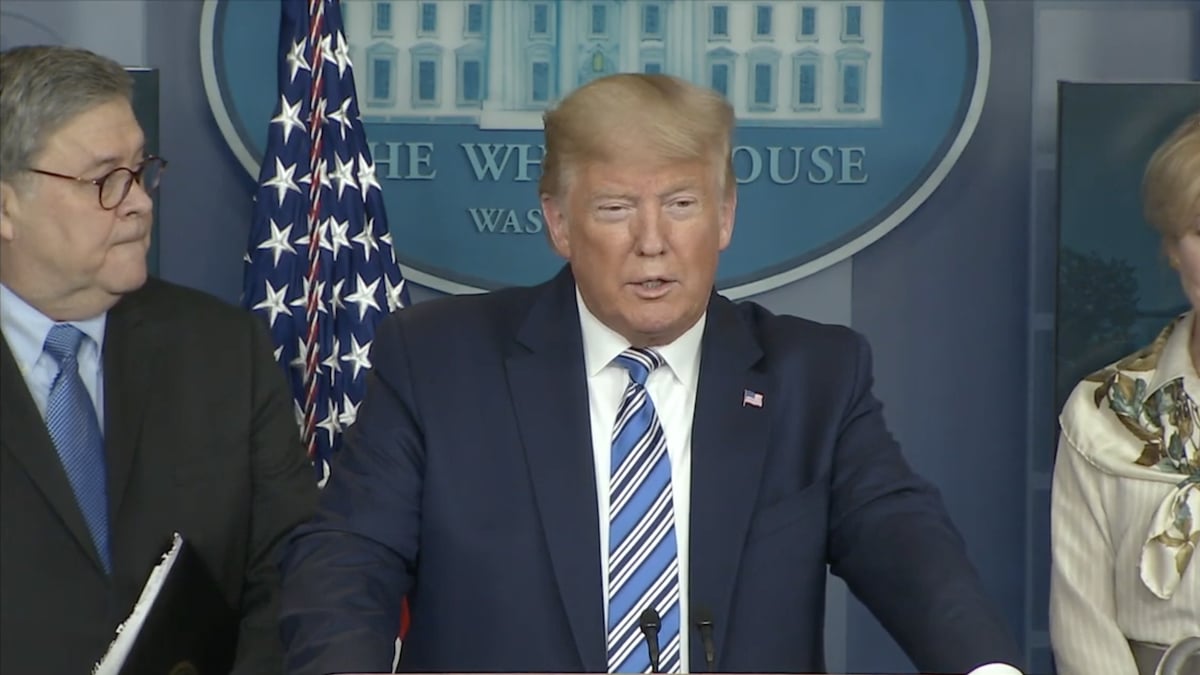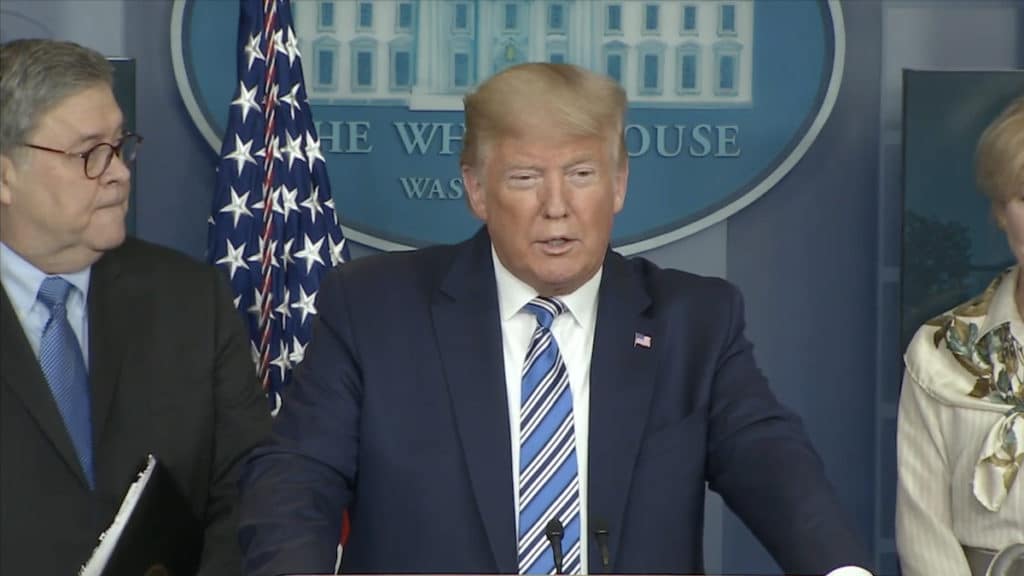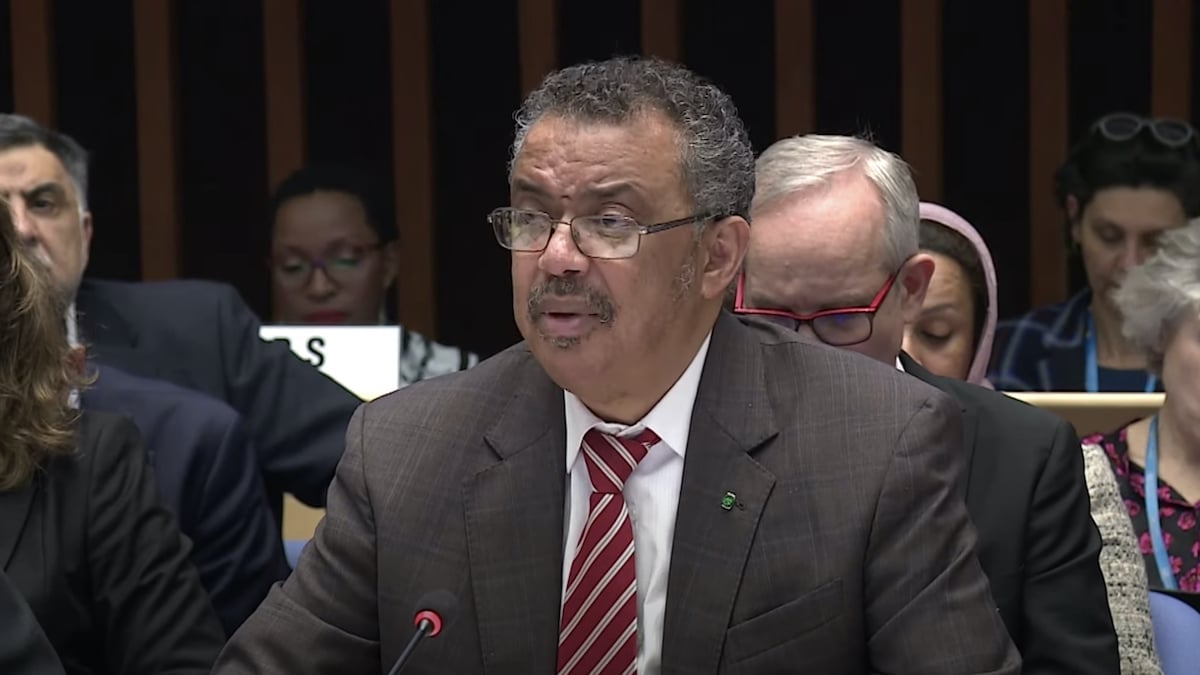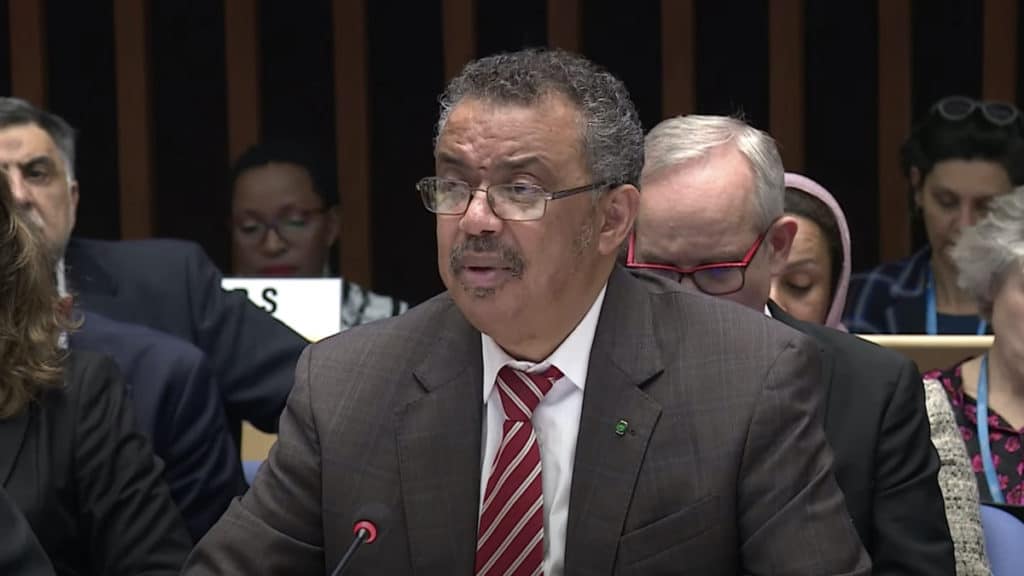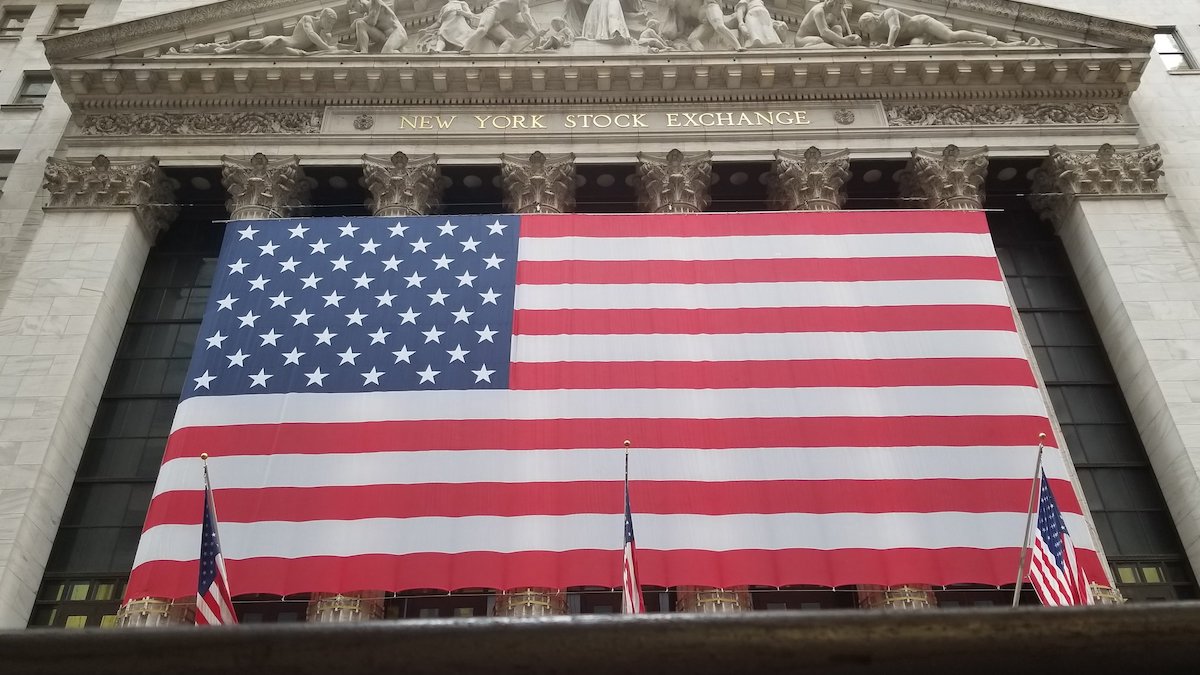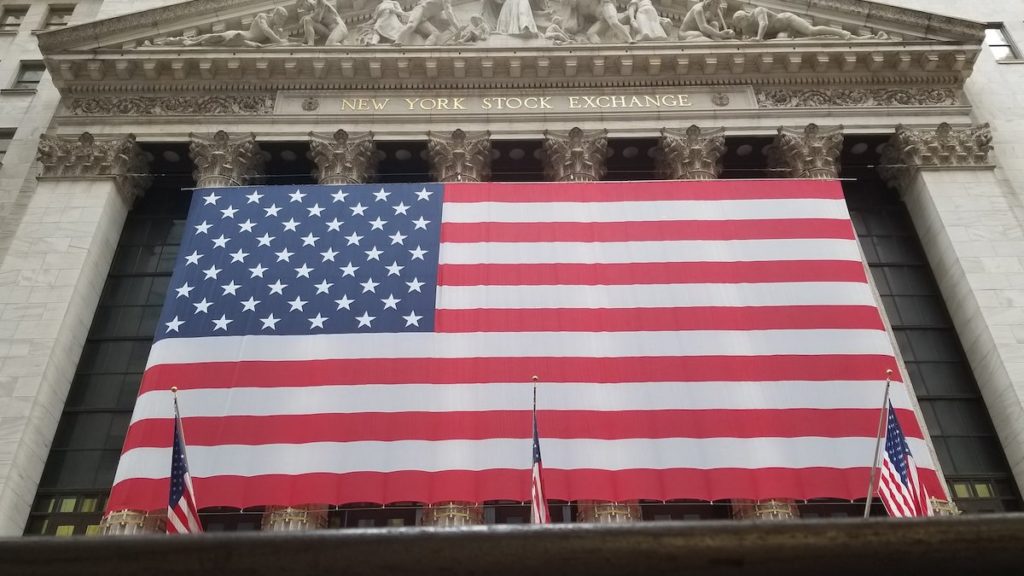Housing Starts Fell 30.2%, Building Permits By 20.8% in April
Coronavirus Mitigation Hit New Residential Construction Hard By April
Washington, D.C. (PPD) — New residential construction took a hit in April as both housing starts and building permits posted significant declines, the U.S. Census Bureau reported.

Housing Starts
Privately-owned housing starts in April came in at a seasonally adjusted annual rate of 891,000. That’s down 30.2% (±11.0%) from the revised March estimate of 1,276,000 and 29.7% (±8.1%) from the April 2019 rate of 1,267,000.
Single-family housing starts in April fell to a rate of 650,000, or 25.4% (±9.6%) lower than the revised March figure of 871,000. The April rate for units in buildings with five units or more came in at 234,000.
Forecasts for housing starts ranged from a low of 750,000 to a high of 1,000,000. The consensus forecast was 968,000.
Building Permits
Privately-owned housing units authorized by building permits came in at a seasonally adjusted annual rate of 1,074,000 in April. That’s down 20.8% (±0.9%) from the revised March rate of 1,356,000 and 19.2% (±0.9%) from the April 2019 rate of 1,330,000.
Single-family authorizations in April fell to a rate of 669,000, down 24.3% (±1.6%) from the revised March figure of 884,000. Authorizations of units in buildings with five units or more came in at a rate of 373,000 in April.
Forecasts for building permits ranged from a low of 750,000 to a high of 1,150,000. The consensus forecast was 1,033,000.
Housing Completions
Privately-owned housing completions in April came in at a seasonally adjusted annual rate of 1,176,000, or 8.1% (±13.5%) below the revised March estimate of 1,279,000. That is 11.8% (±9.9%) below the April 2019 rate of 1,334,000.
Single-family housing completions fell to a rate of 865,000, down 4.9% (±16.7%) from the revised March rate of 910,000. The April rate for units in buildings with five units or more came in at 304,000.
There is no forecast range or consensus forecast for housing completions.
On Friday, the National Association of Home Builders/Wells Fargo Housing Market Index (HMI) finds builder confidence ticked higher to 37 in May, beating the consensus forecast. Still, efforts to “slow” the spread of the Chinese Coronavirus (COVID-19) have taken a toll.
In January, builder confidence in the market for newly-built single-family homes edged just one point lower to 75 from December 2019. The two monthly readings marked the highest sentiment levels since July of 1999.
New residential construction took a hit in

